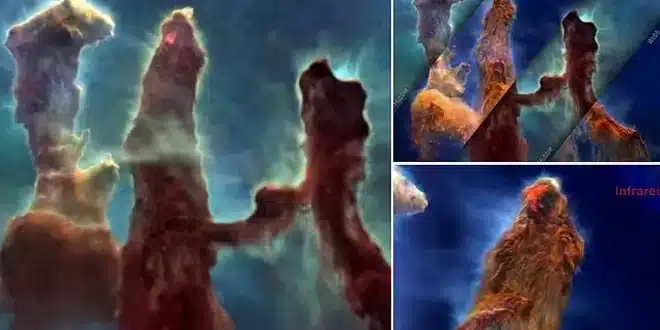NASA is advancing the search for extraterrestrial life with the development of an “alien-hunting” telescope, set to be launched soon, with the goal of identifying at least one inhabited planet by 2050.
The Habitable Worlds Observatory (HWO) is designed to search for a wide variety of biosignatures, which are signs of life provided by living organisms. The telescope is expected to be launched around 2040.
NASA’s chief scientist, Dr. Jessie Christiansen, believes that the HWO will detect a signal from the atmosphere of a planet within the habitable zone of a sun-like star within our lifetime.
Scientists working on the project have identified nearly 25 Earth-like planets near sun-like stars as potential candidates for the search.
The HWO’s telescope is being dubbed a “Super Hubble” telescope, capable of directly imaging Earth-sized planets orbiting other stars.
Scientists are optimistic about detecting alien signals soon
The observatory will feature a mirror similar to the James Webb Space Telescope, along with ultra-precise optics to thoroughly examine the atmospheres of these planets and search for signs of life.
The exoplanet team, comprising astronomers, physicists, engineers, and scientists, convened in New Orleans last January to discuss the necessary tools for the mission.
Dr. Courtney Dressing, a co-leader of HWO’s Science Architecture Review Team (START), proposed equipping the HWO with the ability to detect a wide range of biosignatures.
Dr. Dressing mentioned that biogenic gases produced by living organisms, surface biosignatures, aerosols, airborne pollutants, and artificial technosignatures could be detectable with the HWO.
She emphasized the importance of additional information about the planet and its planetary system to accurately interpret biosignatures and rule out false positives.
Dr. Jessie Christiansen from NASA’s Exoplanet Science Institute at CalTech stated that the HWO could provide evidence of extraterrestrial life shortly after its launch in 2040.
“I believe, in our lifetime, something like HWO will detect a signal in the atmosphere of a rocky planet in the habitable zone of a star similar to our sun that indicates life,” Christiansen told the New Scientist.


